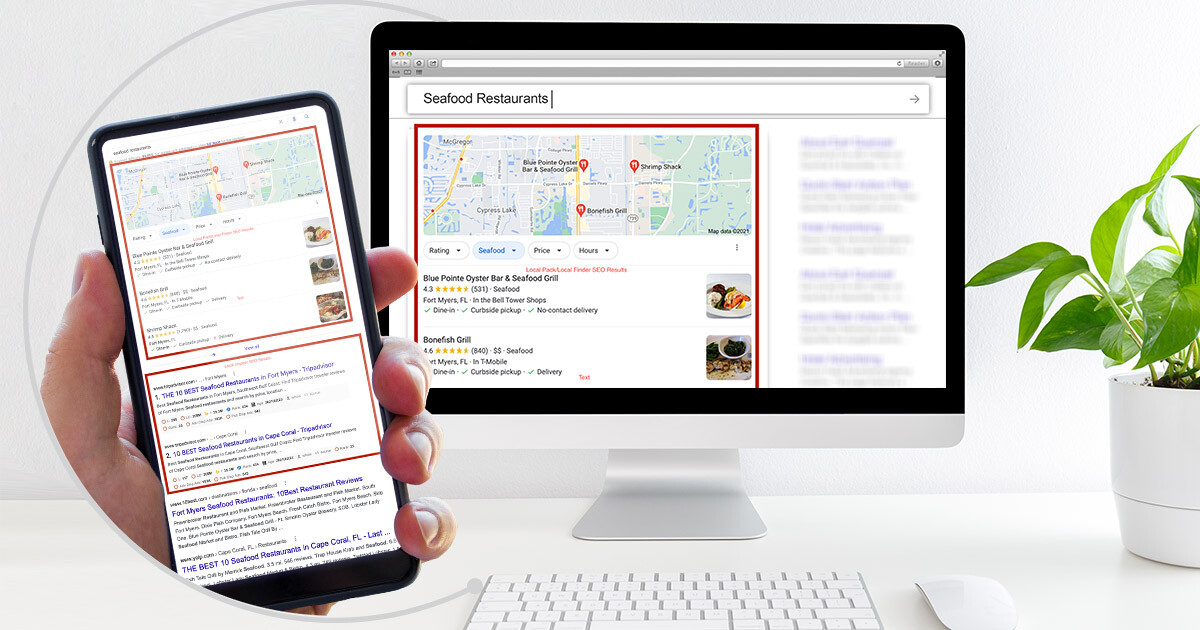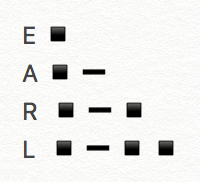8 Critical Things Retailers Should Do This Year to Adopt to Changing Shopping Patterns for the Holidays
Every year, people line up in front of stores to get great deals on Black Friday, but will they this year? No. In a June 2020, Google survey, more than a third of U.S. shoppers who normally shop in store for Black Friday say they won’t this year.1
This year, almost 75% of U.S. shoppers who plan to shop this holiday season said they will shop more online than they did in 2019.5
Retailers must adopt new digital strategies to
1. Websites must be search engine optimized to ensure products are discoverable when keywords are entered into the search engine’s query. At a. minimum, conduct keyword research to identify the words people use when searching for your products. Develop a keyword focus for each product. Write a minimum of 350 words about the product. Ensure you have a minimum of 500 words on your home page. And verify your sitemaps have been submitted an indexed by Google.
2. Retailers should add product listings to Google’s Shopping feed. It’s a free service. This way, specific products will come up at the top of the search return page.
3. Websites should be optimized for speed and experience. AMP should be used for optimizing speed on mobile devices. Site speed is a critical component to rank in Google’s indexing algorithm. Make sure your site is lightning fast. To check how your site ranks, use GT Metrix, which is a free tool.
4. Retailers need to keep inventory up to date and accurate on its website. 67% of shoppers indicated that they will check availability online before going to a store to buy products6.
5. Searches for “available near me” have grown globally by more than 100% since 2019. 66% of respondents indicated they plan to shop locally at small retailers8. To eliminate guesswork, utilize “Local Inventory Ads” and ensure business hours and health and safety practices are prominently displayed on the website’s home page.
6. Utilize Local PPC campaigns which include health and safety practice messaging to add comfort for the buyer to visit your retail store.
7. 53% of shoppers indicated that they will choose to shop with retailers that offer contactless shopping9. 47% of planned shoppers indicated they will buy online or pickup in-store or via curbside pickup10. In May, Google added the ability to note which inventory is available for curbside pickup in ads. Use it. Additionally, ensure that these services are prominently displayed above the fold on website.
8. 70% of shoppers said they intend to visit stores in low traffic times of day11. Consider offering early or late shopping. Leveraging automated solutions such as Google’s Smart Bidding, may help as well.
We all know that COVID has changed the way people are going about their everyday routines. Retailers must adopt digitally to ensure they will thrive and get their fair share of wallet, this year’s holiday shopping.
Survey Source Information:
2 Google-commissioned Ipsos COVID-19 tracker, U.S. n=1000 online consumers 18+ per marketJune 25,2020–June 28, 2020.
3 Google/Ipsos, U.S., Holiday Shopping Study, online survey, n=6122 online Americans 18+ who shopped for the holidays in the past two days, Nov. 2019–Jan. 2020.
4 Google/Ipsos, U.S., Holiday Shopping Study, online survey, n=4591 holiday online purchases (online Americans 18+ who shopped for the holidays in the past two days), Nov. 2019–Jan. 2020.
7 Google Data, Global English, Feb. 26–April 25, 2020 vs. Feb. 25, 2019–April 25, 2019.


